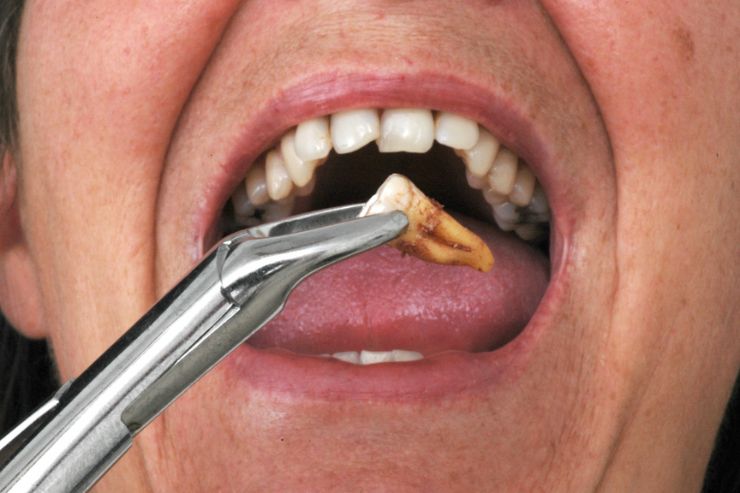- Home
- Tooth Extractions
One Checkup at a Time

Tooth extractions are a common dental procedure used to remove a tooth that is damaged, decayed, or causing other oral health issues. Extractions may be necessary for several reasons, such as severe tooth decay that cannot be repaired with a filling or crown, advanced gum disease, or to make space for orthodontic treatment. In some cases, wisdom teeth may need to be extracted if they are impacted or causing complications.
The extraction process begins with a thorough examination and, if necessary, X-rays to assess the tooth’s condition and its root structure. Before the procedure, the dentist administers a local anesthetic to numb the area around the tooth, ensuring that the extraction is as comfortable as possible. For more complex cases, such as impacted wisdom teeth, sedation or general anesthesia may be used. The dentist then uses specialized instruments to loosen and remove the tooth from its socket.
After the extraction, the dentist provides instructions for post-procedure care to ensure proper healing and minimize discomfort. This may include recommendations for pain management, dietary adjustments, and maintaining oral hygiene. It is normal to experience some swelling and discomfort following the extraction, which typically subsides within a few days. Following the dentist’s instructions and attending any follow-up appointments is essential for a smooth recovery and to ensure that the extraction site heals properly.

